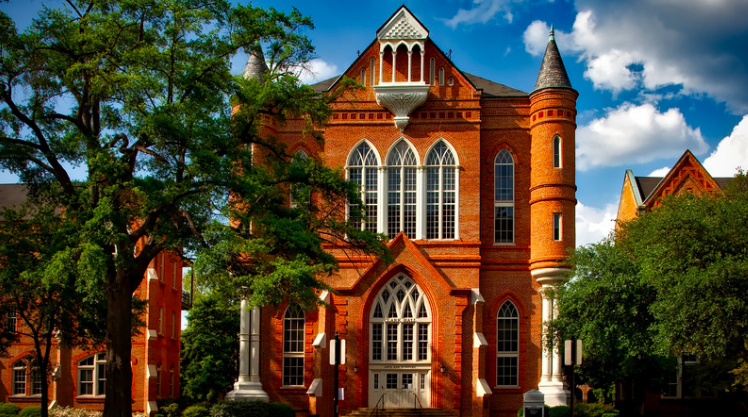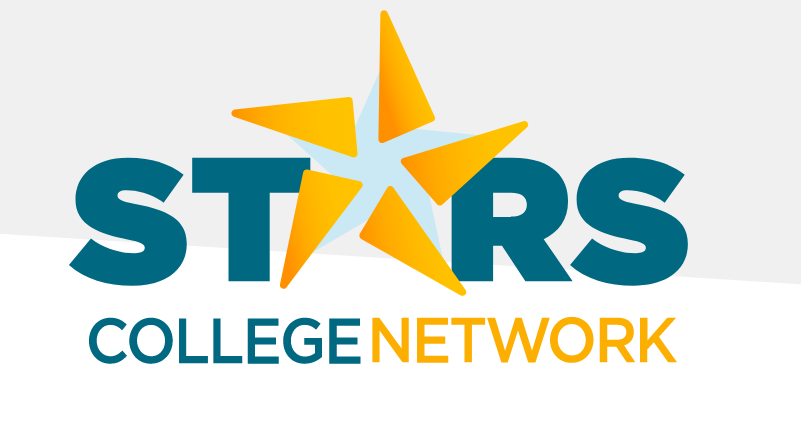
Are you or your student looking for opportunities that will help the environment and can help pay for college? Fastweb has compiled a new Earth Day scholarship list with opportunities that focus on the environment and how to make an impact.
In addition, Fastweb has recently shared environment-focused internships and ways to live a more environmentally-conscious life.
Fastweb provides information and resources for students who are searching for scholarships, internships, and other educational opportunities. The website launched in 1995 and has since become one of the most popular scholarship search engines for high school students planning for college. The site allows students to create a profile, which is used to match them with relevant scholarship opportunities based on their academic background, interests, and other criteria.

 In today’s rapidly changing world, it’s more crucial than ever for young people to develop the skills and mindset needed to overcome challenges and become successful leaders.
In today’s rapidly changing world, it’s more crucial than ever for young people to develop the skills and mindset needed to overcome challenges and become successful leaders.  Social work is a fast-growing field that requires a commitment to helping others. According to the U.S. Bureau of Labor Statistics, the job outlook for social workers is promising, with an estimated 9% increase in employment opportunities projected from 2021 to 2031, which is faster than the average growth rate for all occupations.
Social work is a fast-growing field that requires a commitment to helping others. According to the U.S. Bureau of Labor Statistics, the job outlook for social workers is promising, with an estimated 9% increase in employment opportunities projected from 2021 to 2031, which is faster than the average growth rate for all occupations. 





